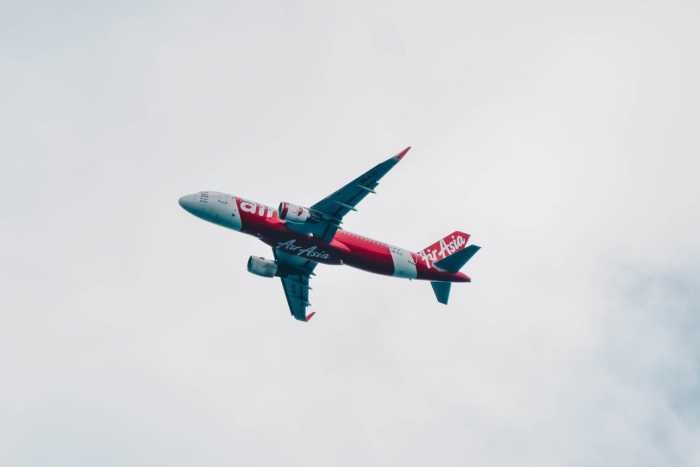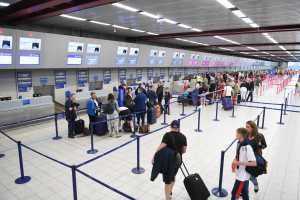
IATA: Suvarnabhumi to Resolve Capacity, Safety Problems Soon
18th Feb 2016

IATA’s CEO, General Director Tony Tyler said Suvarnabhumi Airport needs to resolve its current safety and capacity problems soon.
According to the International Air Transport Association (IATA), Thailand’s biggest hurdle when it comes to its aviation industry is making it competitive. In that regard, IATA’s General Director and Chief Executive Officer Tony Tyler highlighted certain safety and capacity problems at the Suvarnabhumi Airport and the necessity to have them solved.
Mr. Tyler wrote in a press release:
“With over 50 million annual passengers, Bangkok’s Suvarnabhumi Airport ranks among the top air hubs in the world. But it faces several issues which must be resolved.”
According to Tyler, the most “glaring” problems, the ones that require immediate attention, are the “soft spots” on the airport’s tarmac, apron area and the taxiways.
Tyler said about them:
“These must be permanently resolved. Aircraft frequently get ‘stuck’ in the soft surfaces that are the results of sub-standard materials. The extra power and towing needed to maneuver through these surfaces is a safety to ground personnel, ground vehicles and aircraft. On top of that, frequent surface repairs create congestion.”
IATA’s CEO also added:
“The constant resurfacing of the tarmac, taxiways and apron area with asphalt is an unacceptable patchwork solution. We really need a ‘concrete’ solution.”
According to IATA, the Suvarnabhumi Airport also faces a ‘capacity crunch’. At the moment, the airport can handle over 52 million passengers, whereas its terminal is built to withstand 45 million passengers per year.
IATA officials also believe that finishing the phase two of the airport’s terminal expansion would provide the necessary extra capacity that the terminal needs.
Tyler said:
“A permanent fix for the frequent tarmac, taxiway and apron closures for resurfacing will address near-term runway capacity concerns. But a runway takes a long time to build, so it is important that the plans for the third runway continue to move forward.
Tyler also added:
“We estimate that today and related activities account for some two million Thai jobs and generate US$29 billion in GDP. By 2035 we could see that grow to 3.8 million jobs and US$53 billion in GDP. If realized, this growth would have a broad and positive impact across the Thai economy. It is in jeopardy, however, unless key issues of safety, capacity and costs and addressed urgently.”






